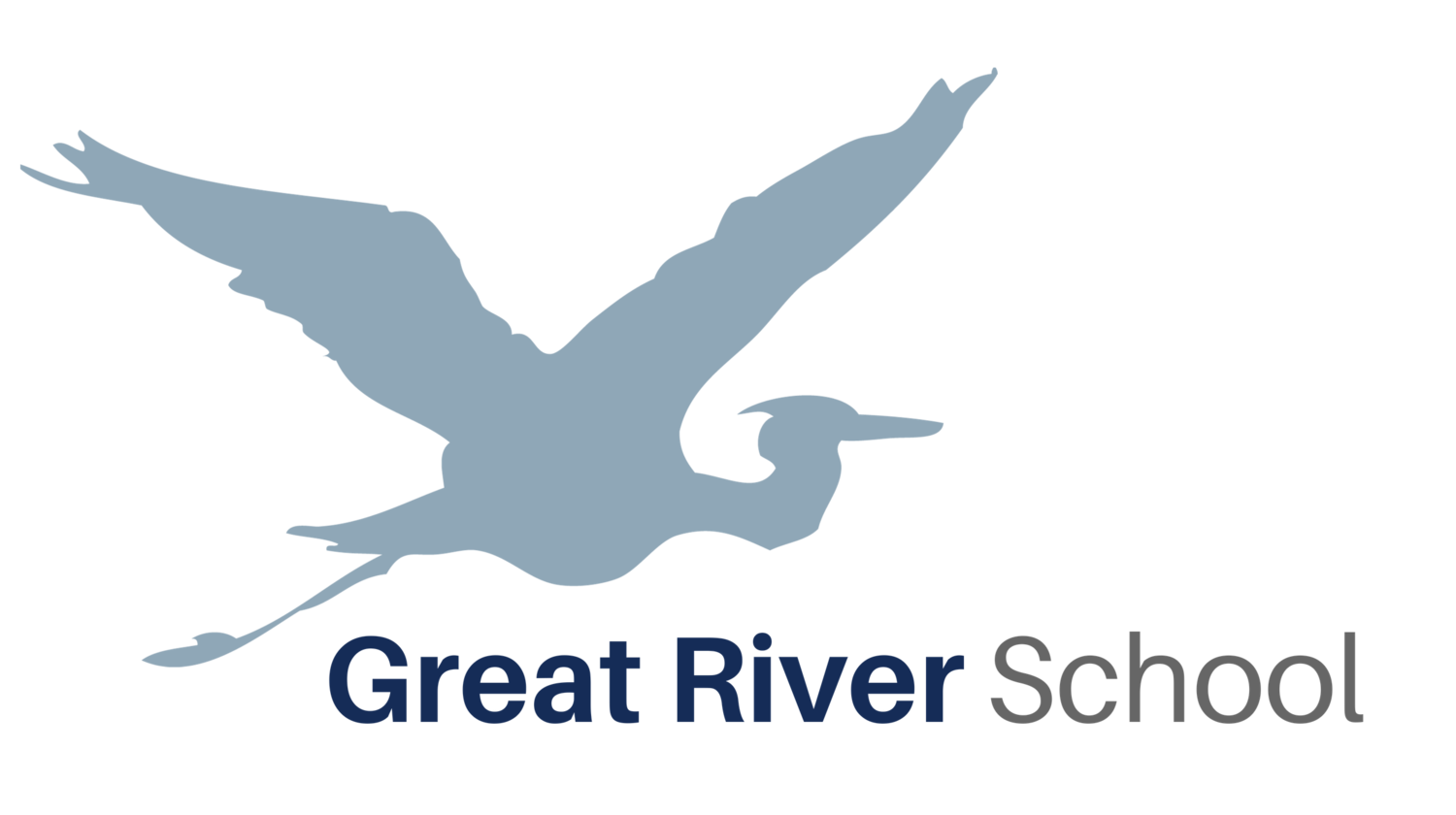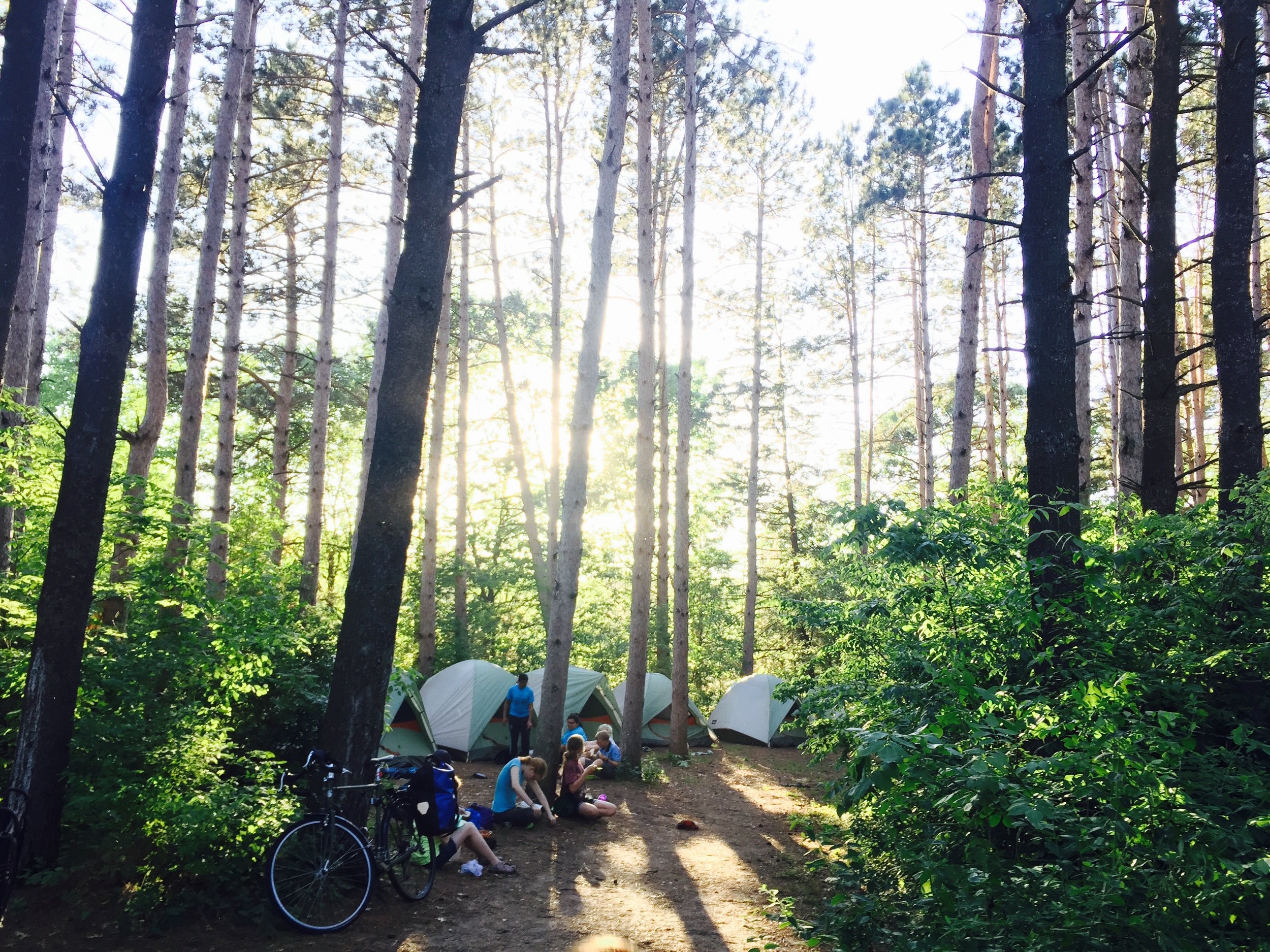By Anthony Wilson - Thieroff
On October 9th and 10th, 2017, the A1 students went to the Raptor Center. This was a new experience for most of the students. The atmosphere was one of excitement and also a little bit sleepy because we went in the morning.
While there, we toured the outside bird aviaries, looked at some bird exhibits inside, and learnt about features of raptors. (Did you know that raptors have a little notch in their beak called a Tomial Tooth?!) We saw multiple raptors including owls, falcons, eagles and merlin.
Raptors are different from other birds because they have talons, a hooked beak, and forward facing eyes. They are found almost everywhere in the world except for the Arctic and Antarctica. Most of the raptors at the Raptor Center are there because they have been injured, hit by cars, have gotten lead poisoning or have gotten trapped in fishing line or traps.
I have a special connection to the Raptor Center. I love birds (specifically raptors!), and I am volunteering at the Center in the Raptor Corps. This is a program that helps educate people about raptors, their environment and how to protect them. If you are interested in learning more about raptors, I encourage you to visit the Raptor Center with your family and/or join the Raptor Corps.




















